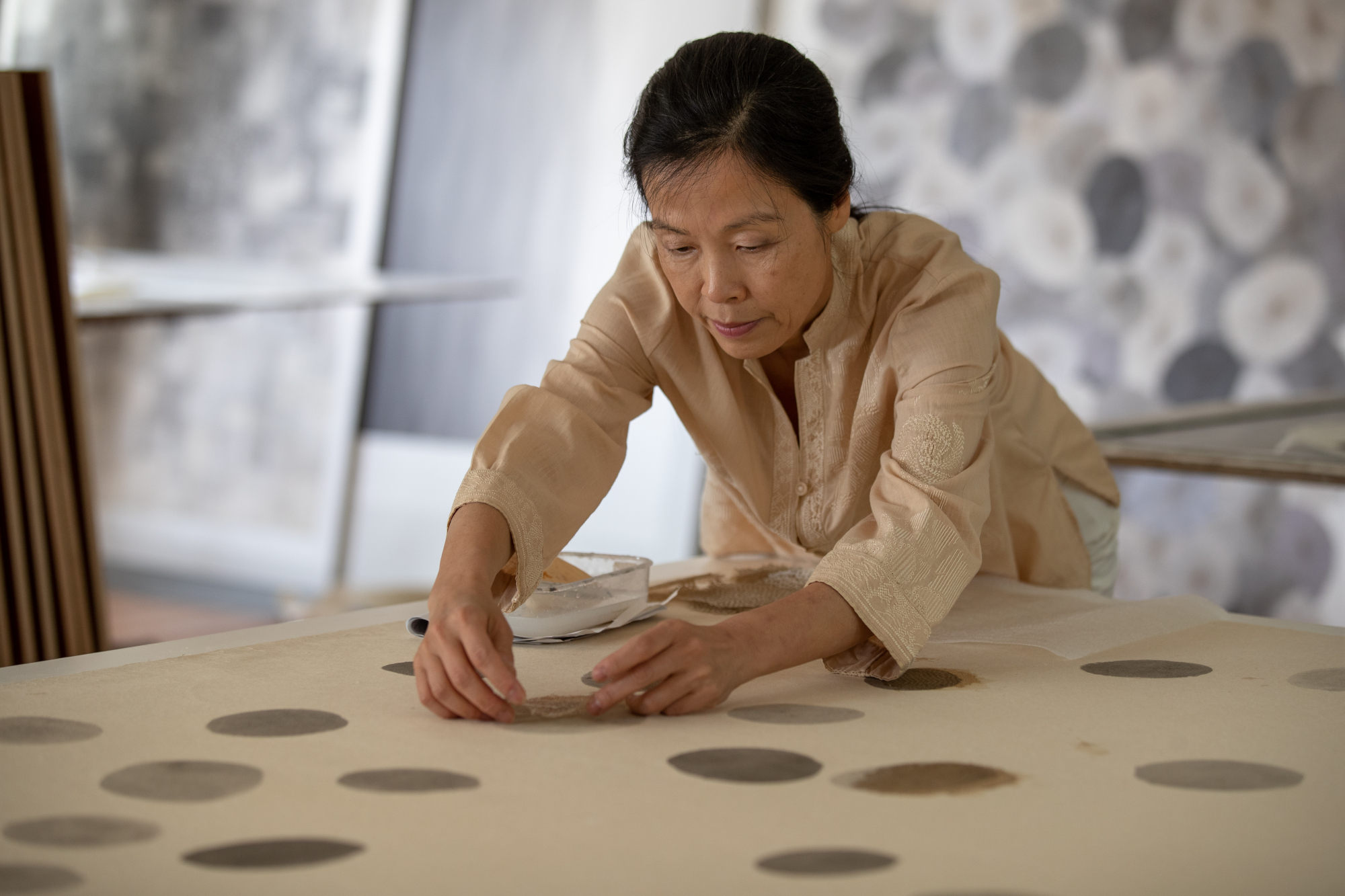
Minjung Kim - Why I Draw
This contemplative Korean artist draws on experimental French literature and requires silence and nature when working on her detailed drawings
Minjung Kim’s minimal and meditative collages are object lessons in patience and control. She began honing her craft in South Korea at a young age – she studied under the renowned watercolourist Yeongyun Kang, and learned the traditional art of calligraphy for over a decade – influences visible in her acute understanding of the properties of shadow, weight, colour and volume.
Kim also spends days alone in her studio, and as a result an atmosphere of deep quietude pervades the things she makes; following calligraphic practices, she works on the floor. The ‘rules’ of her practice place her in a lineage of artists and writers who choose to liberate their creativity by setting themselves limitations. Included among them are French writer George Perec, whose 1969 novel La Disparition (A Void) was written using only words that do not contain the letter ‘e’.
When Kim moved to Milan in 1991, she became interested in the mark-making and interior worlds manifested in the work of modern Western artists. Phasing (2017) is a compelling combination of East Asian graphic traditions and European explorations of artistic subjectivity. Deep, black stripes on the paper appear like perfectly formed expressive marks, as if brushstrokes have been frozen in time, their every contour painstakingly explored. For Insight (2017) Kim used a series of paper discs to give a flat sheet of paper the appearance of an open book. The two halves of the composition seem to arc into a central cavity. In order to enhance the impression of depth and motion, Kim applied various gradations of off-white to the discs, as well as singeing their edges.
The careful manipulation of shape and colour, and the astonishing spatial illusion it produces, is reminiscent of the Op art movement of the 1960s – in particular the abstract canvases of Bridget Riley – albeit Kim’s limited palette is muted by comparison. In her work, space is as much a formal property as it is a means of expressing emotional states of being. To follow the undulations of light and depth is to find oneself immersed in silent contemplation.
Kim is one of over a hundred contemporary artists featured inVitamin D3: Today's Best in Contemporary Drawing, our new, indispensable survey of contemporary drawing. We sat her down and asked her a few questions about how, why and when she draws.
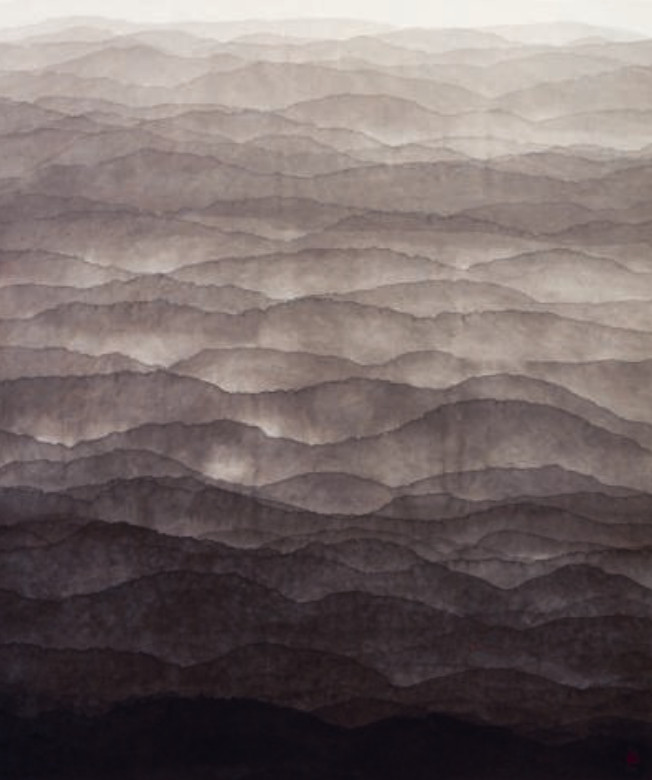
Who are you and what’s on your mind right now? I am a mix of my ancestors' genes, with mainly East Asian character. At the moment I am in Seoul and I am thinking of the strawberries which I planted before I left Saint-Paul-de-Vence where I live and work mainly. I am dreaming of a lush garden with flowers and vegetables, which gives me a lot of satisfaction.
What’s your special relationship with drawing and how would you describe what you do? In my work, drawing is fundamental and often the drawing itself is a completed work. Drawing reveals the strongest character of the artist and above all their lines define everything. Since I use Hanji paper, as my main material, I try to practice with it in many different ways: writing and etching, burning collage, brushing etc., so as to have different ways of expression.
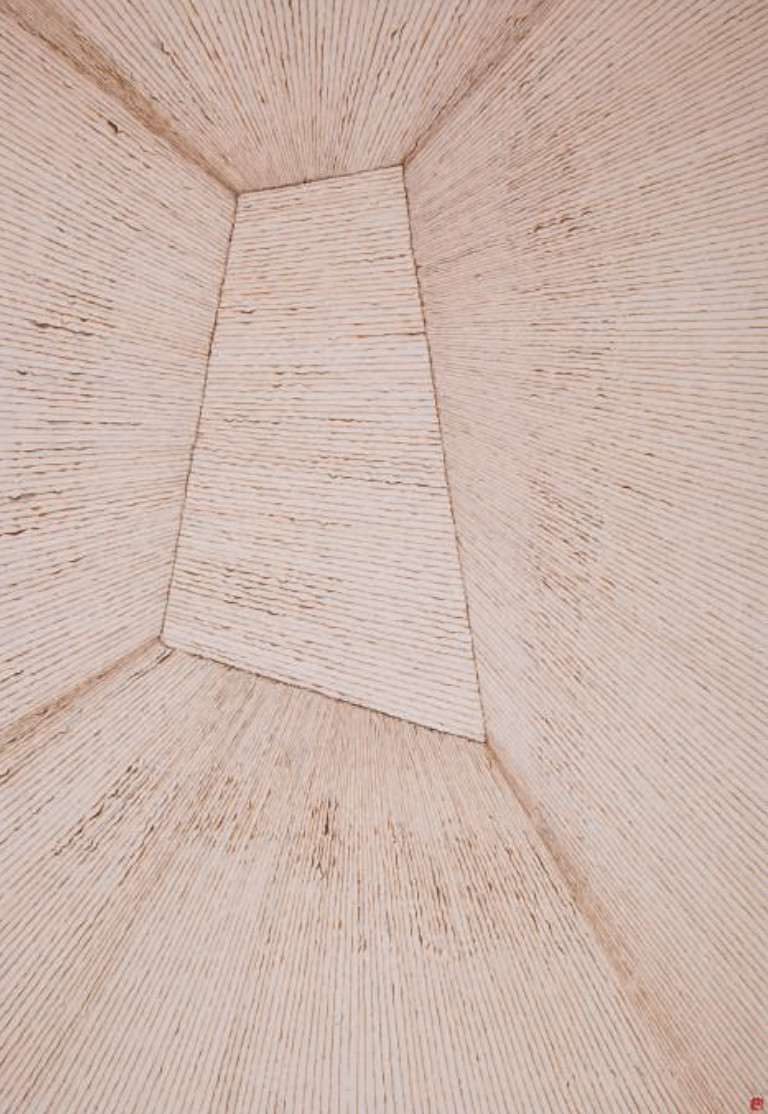
Why is there an increased interest in drawing right now? It is quite normal to consider drawing as the essence of the artist's imprint, and drawing is a very important area for the artist. The market loves paintings and people think it's more accomplished work. But drawing is already very mature work. Drawing has never been done by an assistant! It’s the most honest moment for artists. I think people understand that.
What are the hardest things for you to get ‘right’? People must educate themselves to distinguish the different lines, points and superficies by different artists and also understand the artist's emotions. Museums and galleries should also give more chances to exhibit drawings, from old masters to contemporaries.
Is the immediacy of drawing part of its appeal for you? Yes, this is the main characteristic of drawing. Drawing is dreaming, an artist's first trial for preparation of new work. Drawings can be more perfect than the finished painting. Drawing holds its own importance.
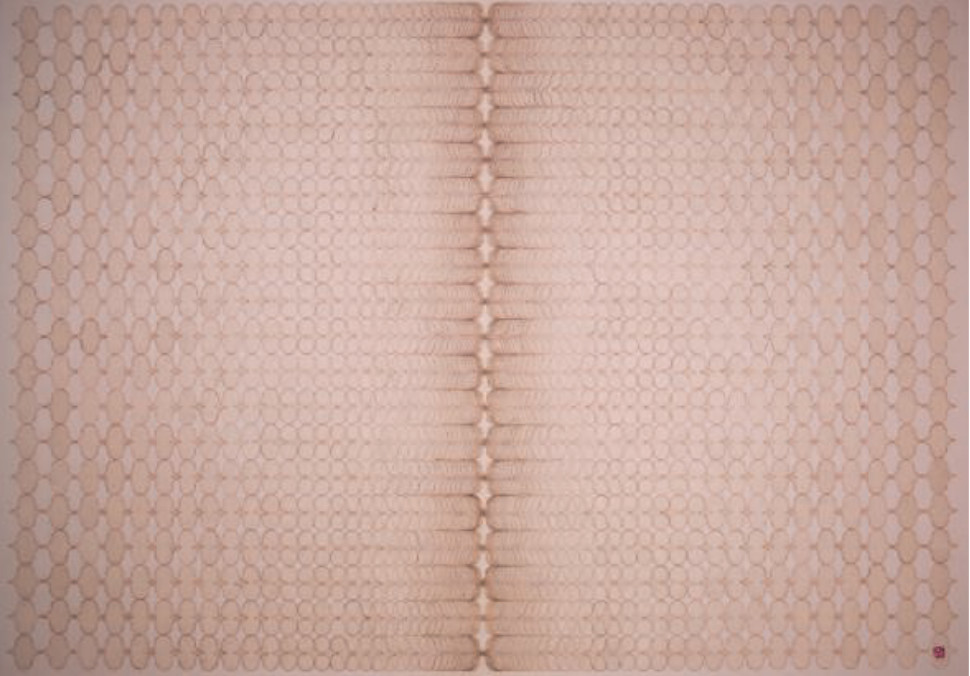
Can you explain the difference between drawing as a child, something we can all relate to, and drawing as an artist - something most of us cannot? Children can draw without any hesitation; drawing expresses their physical mind in a simple way through the free spirit. Artists’ drawings have a clear purpose as artistic expression. Through drawing, they can express even their conceptual trials. For some artists, drawing is the preparation of their art and for others it is the finished expression. Often, the utility of drawing is different between children and artists.
What do most people overlook when they attempt to ‘assess’ drawing? The artist's intention and their object of study.
When do you draw and what sort of physical, spiritual, mental or geographical place do you have to be in generally for it to work? A place where I can be completely myself, which means completely lose myself in connection with nature. I need silence too.
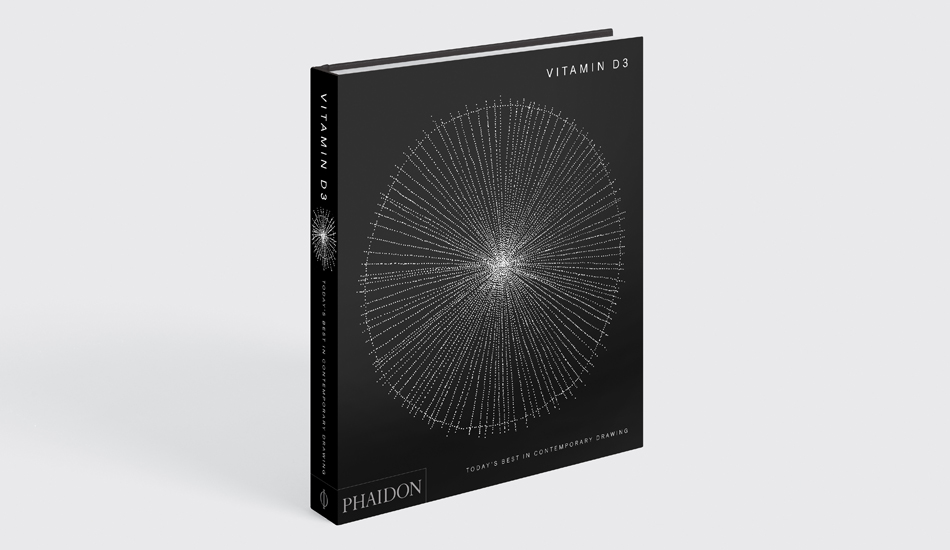
You can see more of Kim’s work via her website. Meanwhile, Vitamin D3: Today's Best in Contemporary Drawing, featuring over 100 artists including: Tania Kovats, Rashid Johnson, Rebecca Salter, Toyin Ojih Odutola, Deanna Petherbridge, Christina Quarles, and Emma Talbot is available now in the store. We'll be running more interviews with artists featured in the book in the coming weeks.